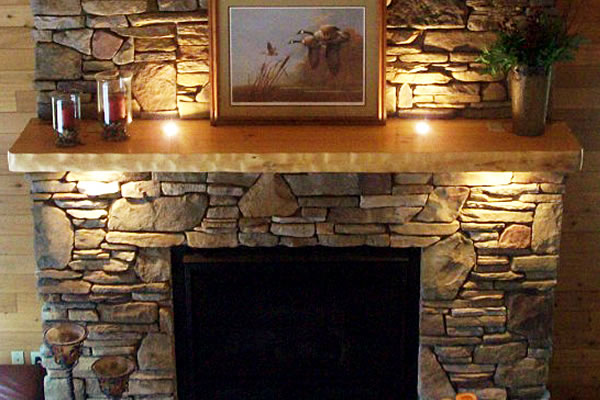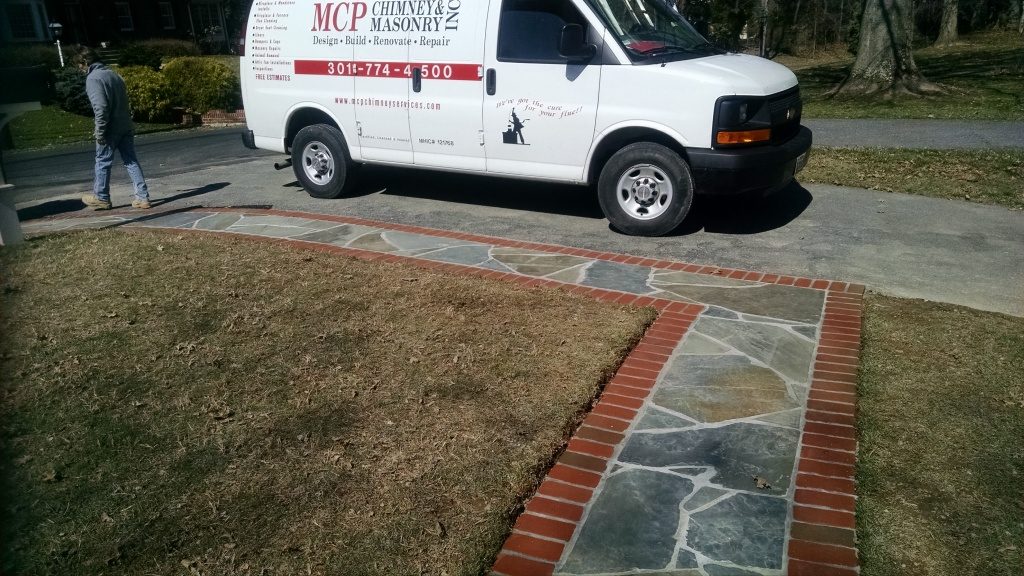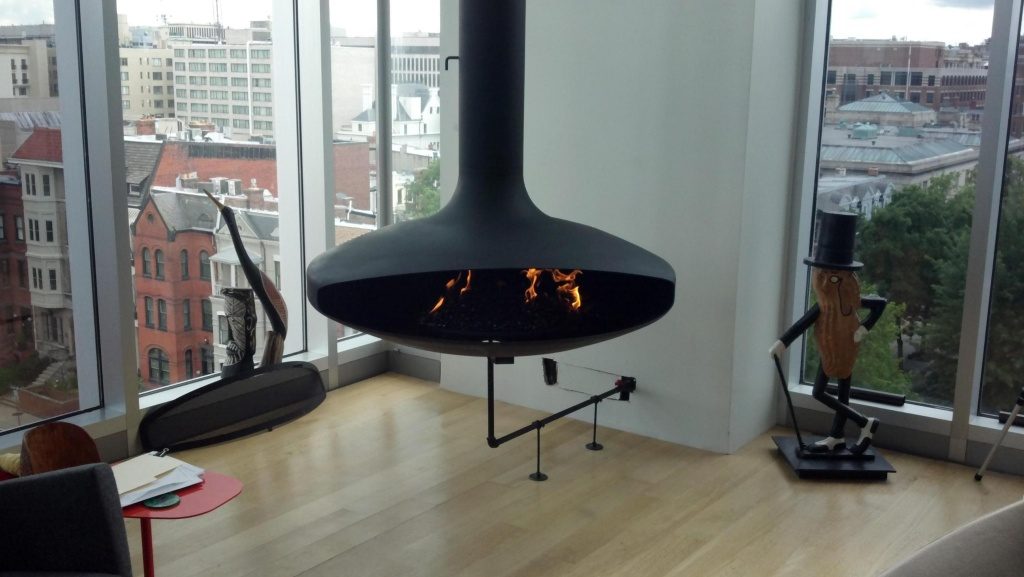Fall is in the air now, and that means winter is just around the corner. These two seasons bring with them falling leaves and falling snow, both of which can cause problems if you haven’t properly prepared your chimney. Here, you’ll discover some great advice for protecting your chimney (and consequently your home) from fires and other damages caused by leaves and snow.
Leaves Can be Dangerous
Though you might think a few falling leaves finding their way into your chimney is no big deal, the truth is that it can actually be dangerous. If there is nothing to prevent leaves from falling into your chimney, several things can happen.
- The leaves can land on your damper and create a rather large pile of debris over time. This can prevent the damper from working properly.
- Leaves built up inside your chimney create a perfect retreat for mice, birds, and squirrels.
- When leaves cause clogs inside a chimney, combustion gases may not escape properly.
- Leaves can stick to the sides of your chimney and ultimately create a significant fire hazard.
- Finally, leaves can increase moisture retention, leading to bricks and mortar that crack and fail prematurely.
Snow and Other Winter Precipitation Can Cause Damage, Too
Snowfall on the ground is certainly a beautiful sight to see, but snow falling in your chimney can be a nightmare. Homeowners must work diligently to keep moisture – including snow and ice – out of their chimneys to prevent serious damage.
- Snow can build up on your damper, then fall into your fireplace when you open it. Excessive buildup could stop your damper from opening properly, leading to a dangerous buildup of combustion gas.
- Creosote buildup occurs each time you light a fire, but if moisture is present in your chimney, it builds up even faster. Creosote is a dangerous fire hazard.
- Over time, moisture can penetrate the brick, cause it to crack, and ultimately allow moisture to enter areas of your home where it shouldn’t be. This can lead to mold, rot, and more.
Getting Your Chimney Ready
There are two things you can do to ensure that your chimney is ready for the challenges of fall and winter. First, it’s important to ensure that you have installed a solid chimney cap, which is designed to keep debris like leaves and twigs, pests, and even precipitation out of your chimney in the first place. If you do not have a cap, or if it has been a year or more since yours was last inspected, call a professional for installation, inspection, or repair.
Second, a professional should visit your home at least once each year to perform a thorough cleaning and basic inspection. This way, he or she can check your chimney for things like water leaks, cracks, and problems with the cap, allowing you the opportunity to address them before they become problematic and lead to danger or more expensive repairs.
Before you use your fireplace, it’s absolutely crucial to ensure that everything is in good working order. Now is the time to call for an inspection or chimney cap repair – long before the weather turns off cold and the leaves or snow begin to fall.




